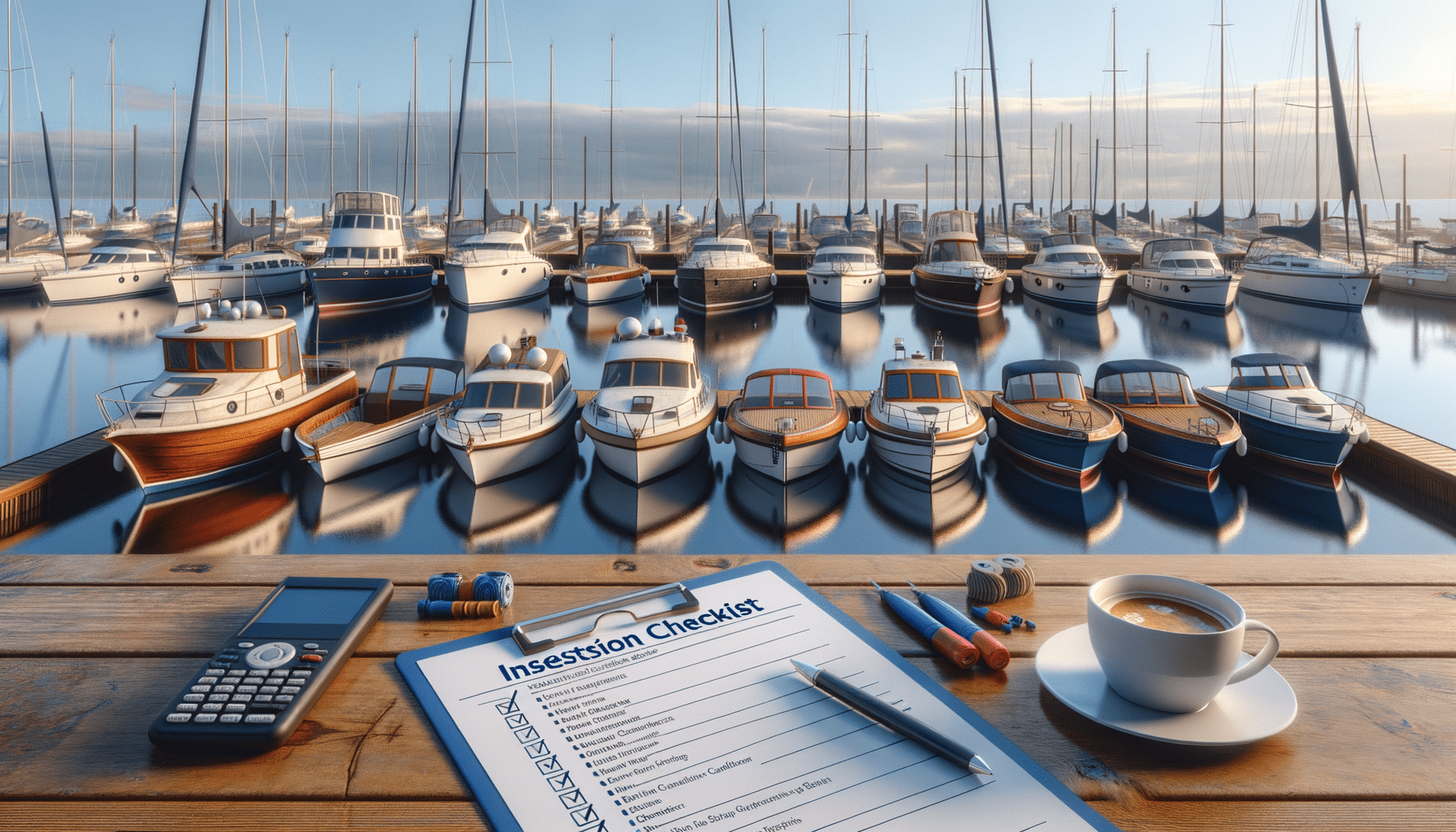
Used Boats: What A Buyer Should Know
Introduction to Buying Used Boats
Purchasing a used boat can be an exciting yet daunting task. With the allure of open waters and the promise of adventure, many find themselves drawn to the idea of owning a boat. However, the process requires careful consideration and knowledge to ensure a satisfactory purchase. This article delves into the essential aspects of buying a used boat, offering guidance on budgeting, inspections, and understanding wear and tear. By the end of this guide, you’ll be equipped with the necessary tools to make an informed decision that aligns with your boating aspirations.
Setting a Realistic Budget
One of the first steps in buying a used boat is establishing a realistic budget. This involves more than just the initial purchase price; prospective buyers must consider additional costs such as insurance, maintenance, storage, and potential repairs. It’s advisable to allocate a portion of your budget to these ongoing expenses to avoid financial strain. Furthermore, financing options are available for those who prefer not to pay the full amount upfront. By understanding the total cost of ownership, you can better assess what you can afford and prevent unexpected financial burdens.
- Initial purchase price
- Insurance costs
- Maintenance and repairs
- Storage fees
- Financing options
Importance of Thorough Inspections
Before committing to a used boat, conducting a thorough inspection is crucial. This process helps identify any potential issues that could lead to costly repairs down the line. Key areas to examine include the hull, engine, electrical systems, and interior. It’s often beneficial to hire a professional marine surveyor who can provide an expert assessment of the boat’s condition. Their trained eye can spot problems that might be overlooked by the untrained observer, ensuring that you are fully aware of the boat’s state before purchase.
- Hull and exterior condition
- Engine performance and history
- Electrical systems functionality
- Interior wear and tear
- Professional marine surveyor assessment
Recognizing Wear and Tear
Understanding the signs of wear and tear on a used boat is essential for making an informed decision. Over time, boats are subject to various environmental conditions that can affect their longevity and performance. Common areas to inspect include the hull for cracks or blisters, the deck for soft spots, and the engine for signs of corrosion or leaks. Additionally, the condition of the upholstery, electronics, and safety equipment should be evaluated. Recognizing these indicators helps in negotiating a fair purchase price and determining future maintenance needs.
- Hull cracks or blisters
- Deck soft spots
- Engine corrosion or leaks
- Upholstery condition
- Electronics and safety equipment
Conclusion: Making an Informed Purchase
In conclusion, buying a used boat requires careful planning and consideration. By setting a realistic budget, conducting thorough inspections, and recognizing signs of wear and tear, you can make a well-informed decision. This process not only ensures that you find a vessel that meets your needs but also helps you avoid unexpected expenses and disappointments. Armed with this knowledge, you are now prepared to embark on your journey to find the perfect used boat, ready to explore the open waters with confidence and peace of mind.


